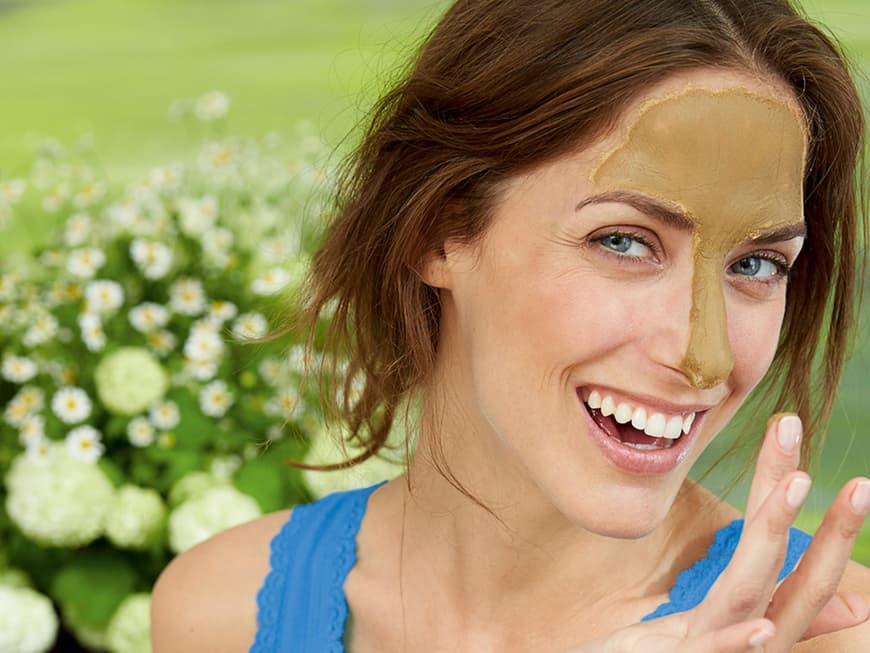
Thanks to its unique composition of valuable natural minerals and trace elements, healing clay is particularly suitable for use on the face for oily and combination skin, acne, pimples, pustules and blackheads. It has an intensive deep-acting effect and outstanding binding powers.
Harmful substances are eliminated
A face mask with healing clay develops its effect while it dries on the skin for around ten minutes: a flow of liquid is created from the inside out. Harmful substances, especially oil and sebum, are absorbed from the pores and bound, removing external impurities from the skin. At the same time, the skin is supplied with valuable minerals and trace elements.
Improved circulation
The impurities are bound to the healing clay and simply washed off the skin together with the healing clay after the mask has dried. The result is impressive: The treatment stimulates blood circulation in the skin and the skin cells can be better supplied with nutrients and oxygen. If you want to achieve an additional exfoliating effect, rub the mask off with your hands or a terry towel moistened with lukewarm water. This leaves the skin looking youthfully fresh, smooth and nourished.
No side effects during application
The Charité hospital in Berlin has shown that a course of healing clay significantly improves skin problems. To this end, 175 test subjects, who had suffered from skin blemishes or acne for an average of 16 years, applied the face mask two to three times a week for six weeks - with visible success: papules decreased by 69 percent, small cysts by 58 percent, pimples by 49 percent and blackheads by 36 percent. The result was thus comparable to the effect of other treatment options, with the significant difference that no side effects were observed when using healing clay. Around 80 percent of the test subjects rated the sensation, skin feel and effectiveness of the healing clay mask as good or very good.
Glossary
Acne: from Greek ακμή, akmé - maturity; disease of the sebaceous gland sac.
Papule: nodule; a raised thickening of the skin up to the size of a pea.
Cyst: lump under the skin with no connection to the surface. Occurs, for example, when the duct of a sebaceous gland is blocked (sebaceous cyst or atheroma).
Pimple (med. pustule): inflamed comedone. Germs of the skin flora can multiply inside the comedone in the absence of air, especially Propionibacterium acnes. A small cavity filled with pus forms. If such pimples burst, further foci of inflammation develop, resulting in the typical acne skin appearance.
Blackheads (med. comedone): Blockage of the sebaceous gland duct as a result of seborrhea (increased production of sebum) in conjunction with hyperkeratosis (excessive keratinization of the sebaceous gland duct)
